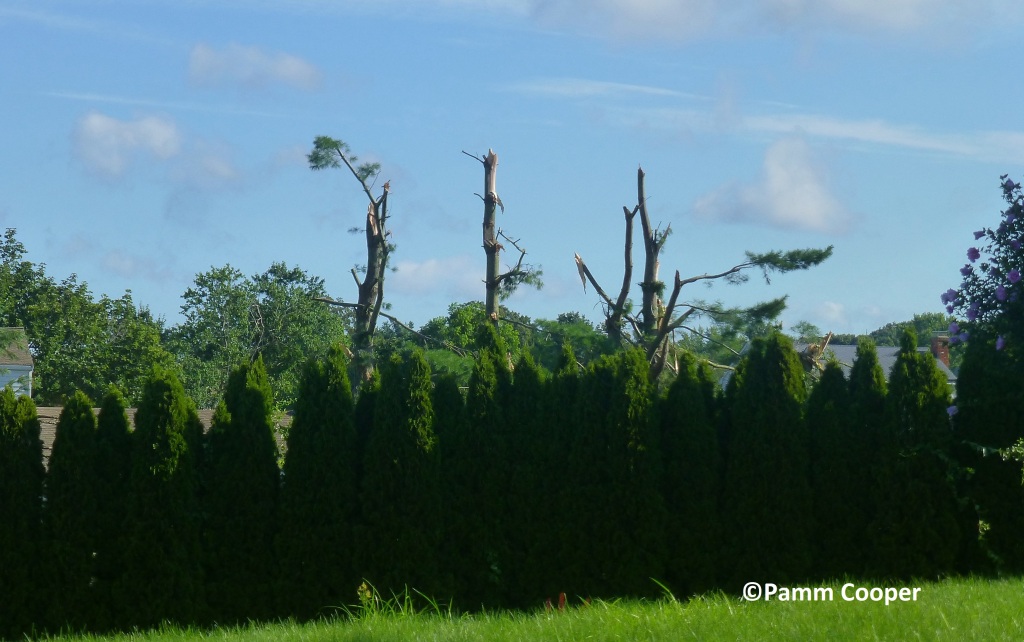
It’s not what you look at that matters, it’s what you see
–Henry David Thoreau

Vernal pools are unique wetlands that have a cycle of flooding and drying every year. They can occur in woodlands, open areas, swamps and even fields or other places where a depression allows water to collect over winter and spring and which will then dry out by late summer. Because we had record rainfall last year and, in the winter, many vernal pools retained water all year. Fish do not occupy these pools, but many creatures that are temporarily water dependent can be found in them.

Vernal pools are rich breeding areas for many amphibians which begin their lives in fresh water. Salamanders, wood frogs, American toads, newts, and to some extent, spring peepers need to complete at least the early stages of their life cycle in the pools before reaching adulthood or a terrestrial stage. The same applies to many insects which are dependent upon still water for nymph or larva to develop. Frogs and other creatures developing in vernal pools must develop from tadpoles or nymph stages with gills in time to reach their terrestrial stage before the pools dry up.

Most amphibians that spend their early life stages in vernal pools are generally found in the surrounding woodlands not more than 600 yards away in their terrestrial stage. Many adults return to the same pool to breed the next year.

Wood frogs are among the first breeding animals to arrive at the vernal pool. Wood frogs lay eggs prolifically in vernal pools. The egg masses of wood frogs are usually attached to vegetation near the surface of the water and may almost cover the surface of the pool if wood frogs are in abundance. They can survive in pools that dry up by August as the tadpole stage typically is completed by mid- June to mid-July in Connecticut.

Salamanders can also be found in and near vernal pools. The spotted salamander develops from eggs masses that are within a clear or milky gelatinous cover. This helps to distinguish these eggs from those of any frog species. The aquatic form of this salamander can sometimes be mistaken for polliwogs by the casual observer. Their development into the terrestrial stage is faster the warmer the water is. After they move to land, they are seldom seen as they are of a nocturnal habit, dwelling in hardwood forests and swamps. This salamander depends upon vernal pools or wetlands where no fish are found that would feed on the eggs and larvae.




American toads lay their eggs in strings that float under the water. They are held together by a clear jelly- like material. Egg masses of the gray treefrog Hyla versicolor are loosely attached to vegetation at the water surface, and these masses do not have the gelatinous coating like those of the spotted salamander. Experience is needed to correctly identify amphibian eggs. Return trips to the vernal pools can help track the embryo development and to distinguish whether it is a tadpole or something else.





Vernal pools are adversely affected by loss of trees or tree canopies around them, changes in water flow, and drought. Loss of trees that shade them results in increased evaporation of water as more sunlight can hit the water surface. Other naturally occurring changes in the water table and surface water flow can affect vernal pools, such as extended drought or even flooding.
Development that results in the filling of vernal pools is a very real threat. Sometimes they can be destroyed directly, or the land nearby can be altered which can affect the places where amphibians live when out of the water. Construction may take place late in summer where the pools have dried up and may not have been marked as a wetland to be careful of. With all that can go wrong, though, vernal pools can exist for decades in the same place if they and the land around them are undisturbed.

As the pools dry up there will still be a lot going on around them. Sifting among leaf litter and looking under logs near vernal pools can be a landmine for salamander and newt hunters. Be aware that snakes can often be found lurking near the water awaiting any prey that can be found near the water. Have a look and see, as John Muir has experienced-“ In every walk with nature one receives far more than he seeks.”


Pamm Cooper




































































































































